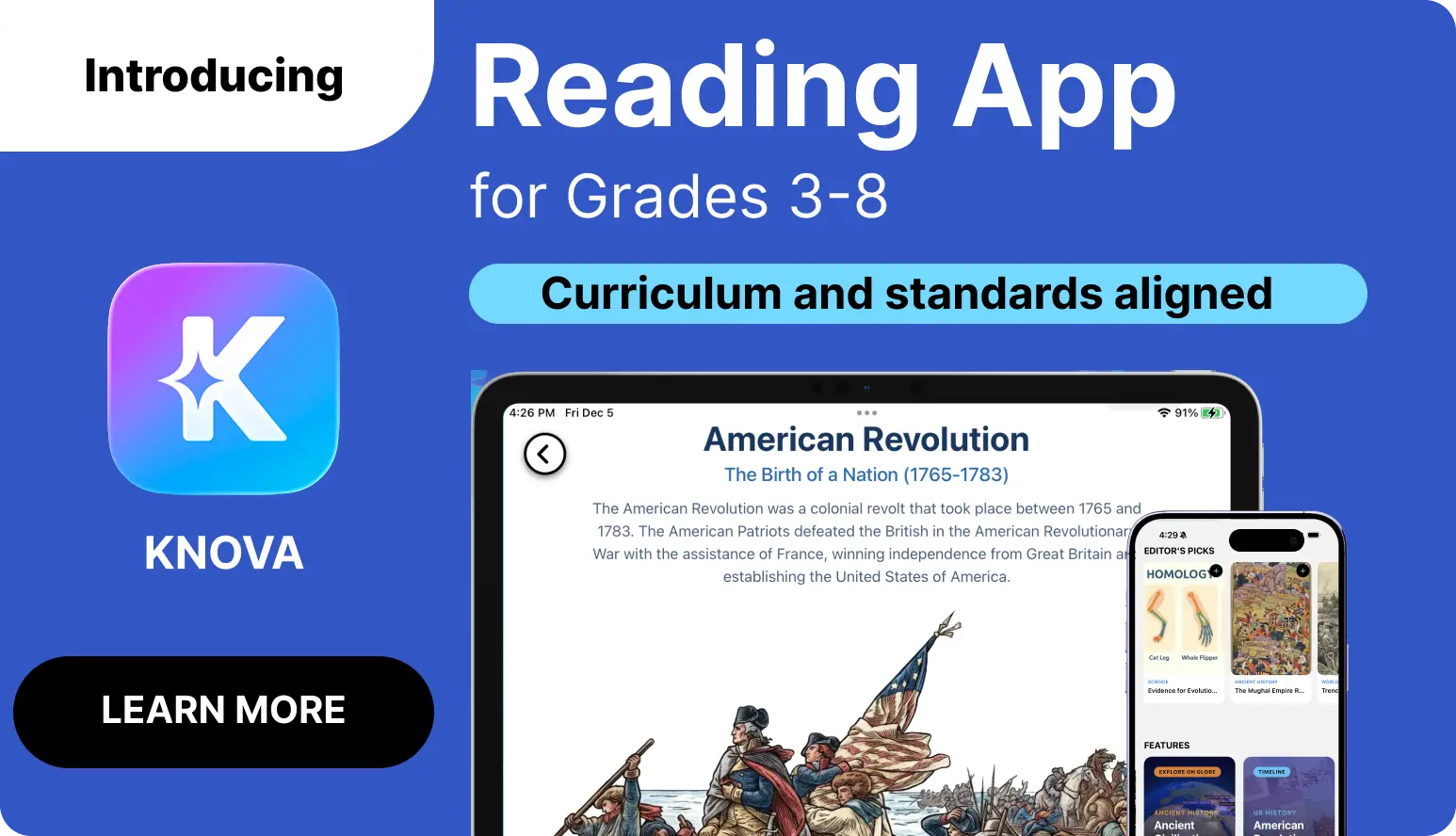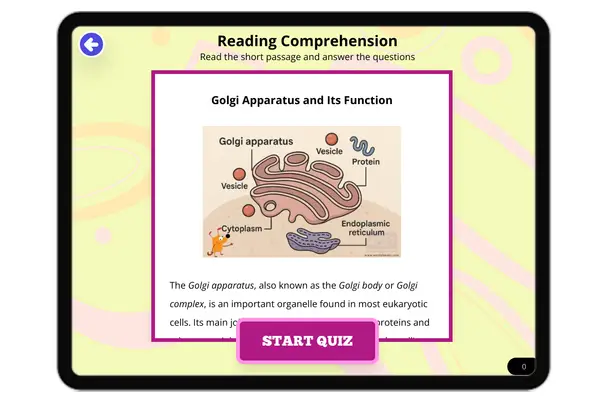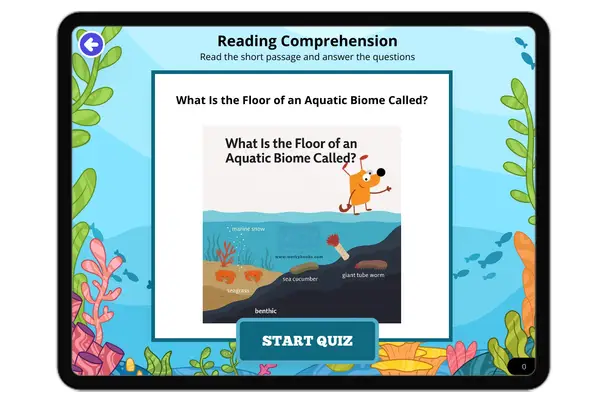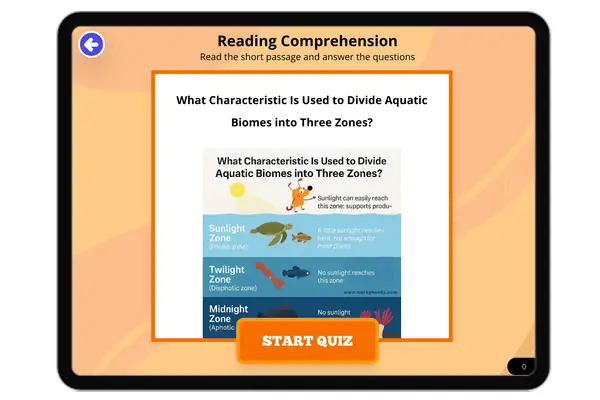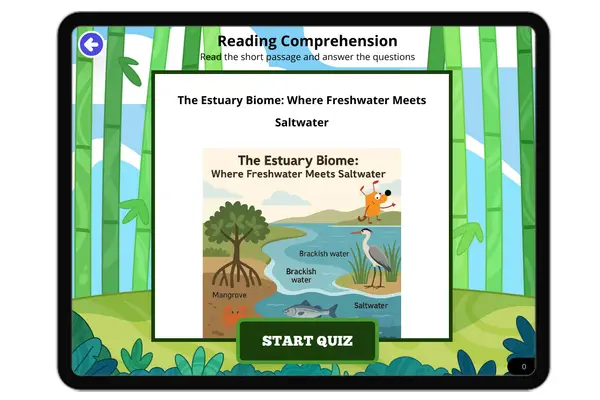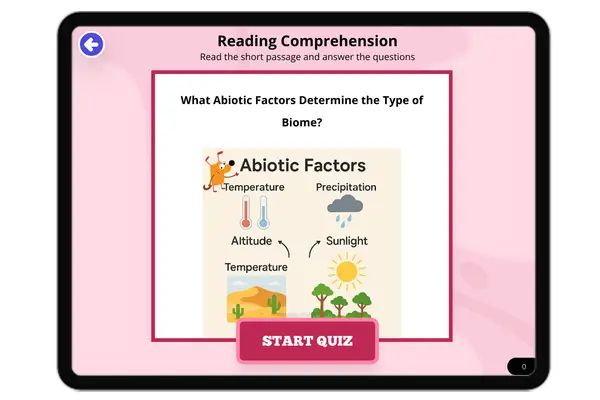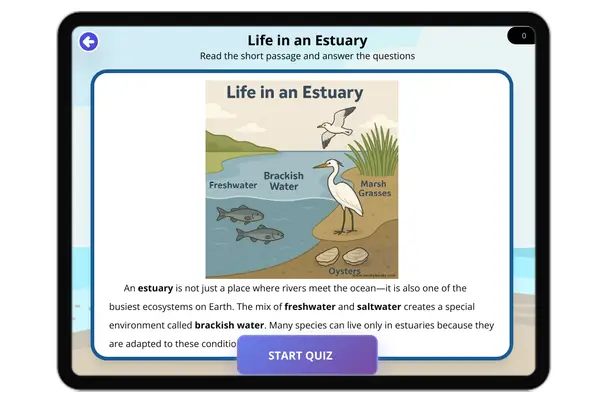Grade 4 Text Structure Science Curriculum Resources
Build the skill of understanding text structure in the context of science with our Text Structure Science curriculum resources. These resources guide children through recognizing and interpreting the organizational patterns of scientific texts in an interactive and printable format, improving overall reading comprehension and analytical skills.



